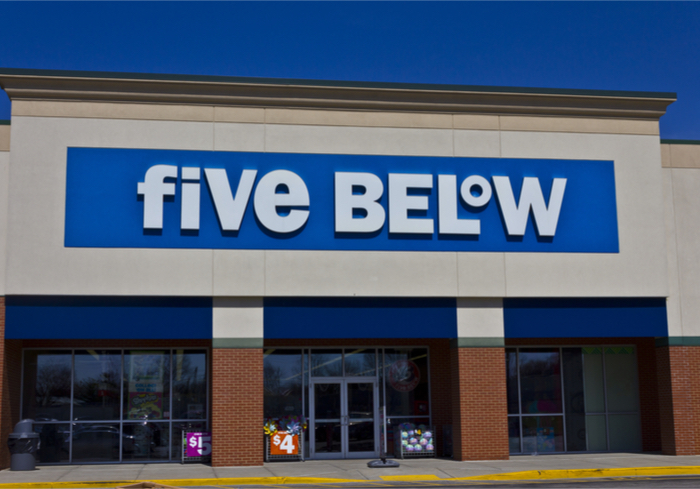
Long before Five Below started selling items like Bluetooth headsets and Spalding basketballs for $5 or less, Frank Woolworth opened Utica, New York’s The Great 5¢ Store in 1879. The store’s selection was, of course, decidedly low-tech: the first item sold was a fire shovel for 5 cents, along with novelty items like pencil charms and cake cutters shaped like animals. That store wasn’t a success, so Woolworth tried his hand again.
In the same year, Woolworth opened a store in Lancaster, Pennsylvania, which also included a 10-cent section. That store did work out, which, according to some observers might have been due to the more expensive items that could have been seen as more valuable or just simply the location. He then opened more and more locations, gaining the ability to make bulk purchases to increase his profit margins. He incorporated in 1905 as F.W. Woolworth & Co. before forming another venture to serve Ireland and Great Britain as he grew his empire.
The secrets to his success? Woolworth had a few. For starters, he believed that it was essential that the store have items priced at a quarter, and then later, a dime. He also saw that candy sales were important, and, lastly, he imported products from other regions of the world. But years later, shoppers traded Woolworth’s along with other Main Street stores for locations near the highways. In 1997, the company said it would close its remaining 400 brick-and-mortar stores. But almost 15 years after those announced closures, another company would adapt the concept to the modern age.
The New Five-And-Dime Store
That retailer would be Five Below, which, after opening its doors in 2002, called itself “the Five-and-Dime for the iPod Generation” in a 2011 press release. And, according to a recent Wall Street Journal article, the retailer is thriving — even in the age of eCommerce, and, well, Amazon. That is, it is going against brick-and-mortar retail trends: as many retailers shutter stores, Five Below “can’t seem to open them fast enough.” To that end, the retailer is set to have 750 locations by the close of year at a time when Sears is planning to close stores amid its bankruptcy and Lowe’s has store closures in the cards, too.
The company’s business model is simple: like Woolworth, it works with suppliers spanning the globe to make the products to keep its prices low. At the same time, the retailer also sought to attract children, creating the type of place that they want to visit. The store is designed to accommodate these young customers, with shelving 5 feet or lower, but the store also has an array of everyday items that might appeal to grownups, like storage bins and yoga mats.
With a bevy of different items, the store is, in effect, a discovery place much like Woolworth’s original store. Five Below Chief Executive Joel Anderson told WSJ, “When you walk into one of our stores, you will discover things you didn’t know you wanted. It’s like a treasure hunt.” The idea is the store doesn’t focus on items that people need to buy, like toothpaste or laundry detergent. It is geared to the kinds of things that modern day consumers would see on YouTube like, “squishies,” which are foam toys.
While suburban sprawl helped caused Woolworth’s demise, Five Below doesn’t do much with eCommerce. Just as consumers could visit Woolworth’s and spend only a few nickels or dimes, a customer’s entire purchase might be less than the cost of shipping with the retailer that sells items for $5 and below (the modern equivalent). At the same time, the WSJ reported that a KeyBanc Capital Markets study found that Five Below was less expensive than Amazon for a 67-product basket.
The newspaper reported that a spokesperson for Amazon called the study misleading and flawed, but KeyBanc Managing Director of Equity Research Bradley Thomas was quoted in the article as saying, “no retailer is truly Amazon-proof, but they are in a better position than most,” suggesting that five-and-dime stores may have a place in the modern age heading into the future — even when consumers can purchase items with a tap on the smartphone.